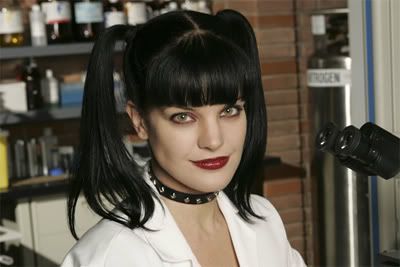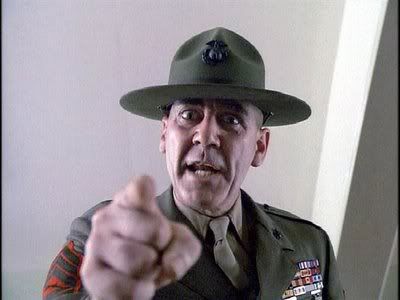
The old saying “the proof is in the pudding” is actually a shortened version of the original axiom, telling us that “the proof of the pudding is in the eating.” As this isn’t a blog about food but rather about storytelling in various forms – the creation of something from nothing as all storytelling is, and thus a form of alchemy when applying my broad interpretation – the parallel of that old saying is that the proof of the story is in the reception. There’s a reason that the ‘acid test’ for storytelling in a written form is called ‘proofreading’ after all.
You may be wondering, if you’re some sort of author, how much proofreading you should do or have done, and how often it should happen. Let’s take a look at two extremes just to see where they have merit.
Proofreading During Writing: The Abby Method

Abby Scuito’s a consummate multi-tasker. At any given time in her lab, any number of tests are running simultaneously to help Gibbs and the rest of the NCIS team track down the criminal of the week. All of her work, from bitching out her spectrometer to teasing Gibbs about the time it takes to run fingerprint analysis, contributes towards the overall solution of the case.
Proofreading is an integral part of the writing process, and an author should have no problems getting bits and pieces of their work out to proofreaders as they write. The author can do a little proofreading themselves, making editorial and content changes in previously completed sections of their work, but the best way to ensure that the writing’s on the right track is to have other people read it. Authors are artists and it’s entirely possible for one to be too close to a work to see a glaring flaw. Better to polish out the rough spots early on as the work is progressing than going back later to try and fix things up, right?
Proofreading After Writing: The Drill Sgt.Method

Wrong, that fine gentleman would say. He’s all about focus. Gunny Hartmann will teach you by the numbers, one after another, to make sure you put on your warwriting face when you sit down to write.
Going back to proofread while writing is detrimental to writing your draft. How can you continue to move forward if you’re constantly looking back? Doesn’t make a whole lot of sense, does it? The best way to write a complete draft of your work is actually to complete it, then worry about getting the proofreading done. Hopefully you’ll have done yourself a favor and put down your plot points and other notes on paper to help guide your writing so you can spare yourself precious time and brainpower that should be spent writing new material instead of going back and rewriting old stuff. Write the draft first, start to finish, and then go back over it to smooth out the rough patches.
Something Completely Different
In actuality, most writers will end up doing a bit of both of the above. The temptation can be very great to have someone look over your work and tell you if it stinks or not. However, most of these opinions will be colored by individual taste, and a lot of the impetus for you distributing your work to other people can be chalked up to self-confidence. There are two things to keep in mind when making the decision to forge ahead or go back in the name of proofreading, neither of which deal directly with either extreme of the process.
Firstly, if you managed to get started at all, that’s a huge step. There are a lot of creative people in the world who never find the courage, time or true inspiration to embark upon a project. Keep that in mind, and remember that whether you decide to keep writing or to stop and get some feedback, it’s part of a process you’ve had the chutzpah to begin.
Secondly, you need to do your proofreading sooner or later. You don’t want to go to an agent or editor with a manuscript that’s a mess. It isn’t their job to clean up the little bits and rough patches in your story – it’s yours. You can do it on your own or you can call in reinforcements, but either way, do it before you even think of approaching a professional “knife-person.”
So ends my general thoughts on proofreading. As far as The Project is concerned, I have some minor doubts about what I’ve written so far, but I know how I can be and I feel that if I go back now to proof or edit what has already been put down, I might not stop, to the point of going back into the Plot Bible to rewrite things there. Since I don’t want that to happen, as it’d be nice to finish another novel manuscript in my lifetime, for now my choice will be to forge ahead.



February 16, 2010 at 2:04 pm
Yes. Forge ahead. Do not look back. Do not edit as you go. Edit later. Rewrite only then.
— c.